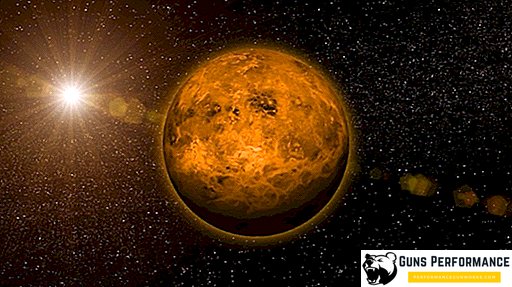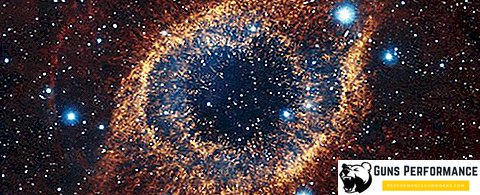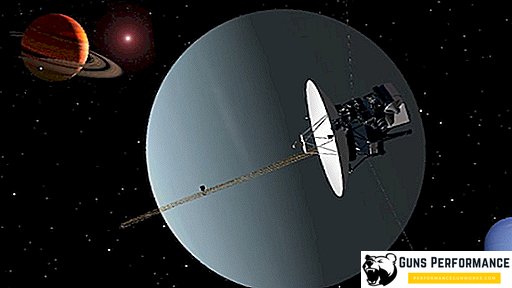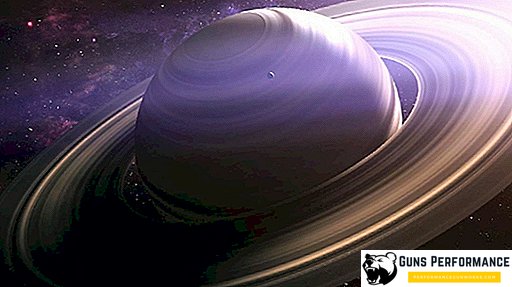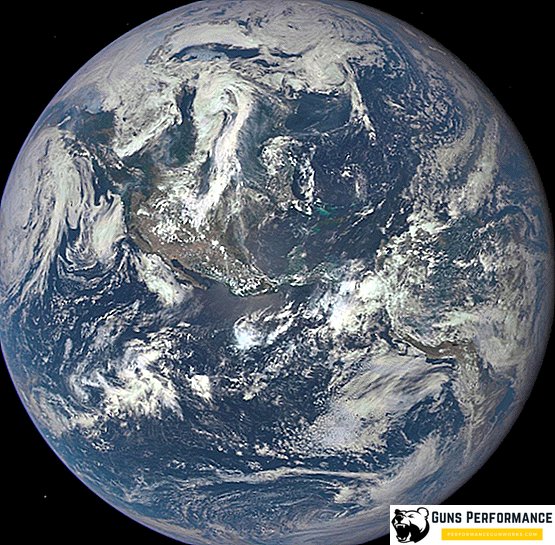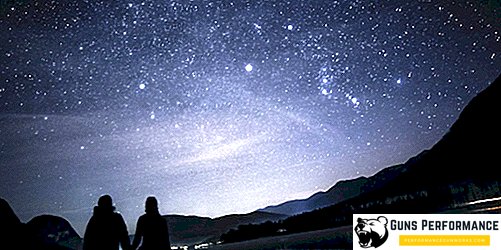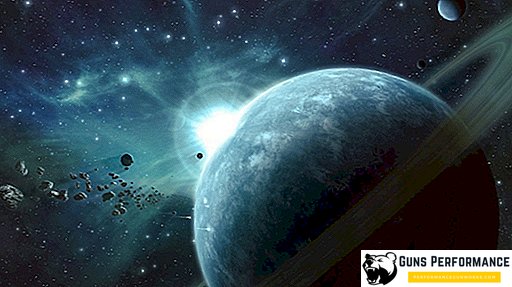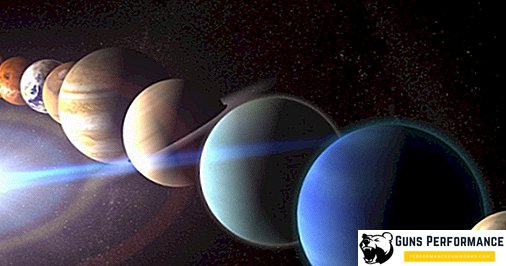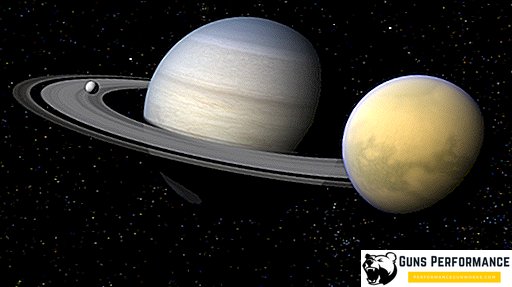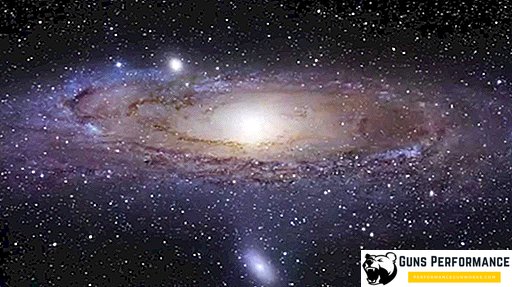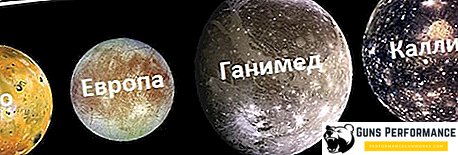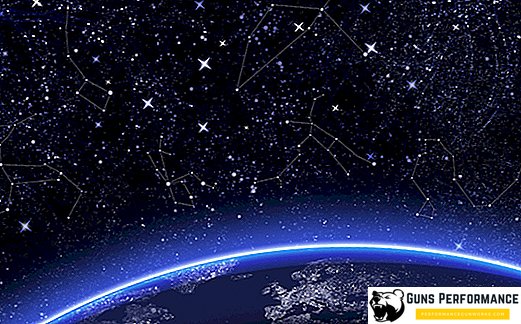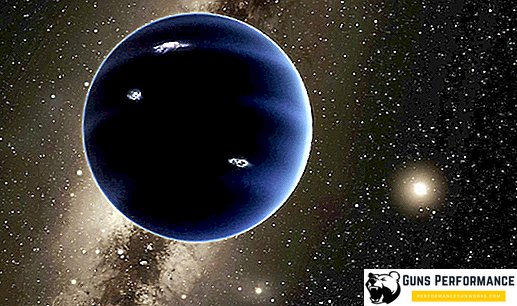Space
As much as mankind exists, there is so much talk about whether there is life on Mars. The fourth planet of the solar system, shining with a faint reddish light on our sky, today remains perhaps the last hope of human civilization in search of a place fit for life in the reachable limits of space.
Read MoreAmong the eight planets of the solar system, Venus is almost the only cosmic object, much like our planet. As a result of space and astronomical research of the planet, it turned out that its dimensions are almost the same as that of the Earth. Both planets are similar in mass and density.
Read MoreSilent aliens from space - meteorites - arriving to us from the starry abyss and falling to Earth, can be of any size, starting with small pebbles, ending with blocks of gigantic size. The consequences of such falls are different. Some meteorites leave behind vivid memories in our memory and a faint trace on the surface of the planet.
Read MoreThe space around us is constantly in motion. Following the motion of galactic objects, such as galaxies and star clusters, other space objects, including astroids and comets, move along a well-defined trajectory. Some of them have been watched by a person for more than one thousand years.
Read MoreThe history of our planet is rich in bright and unusual phenomena, which still have no scientific explanation. The level of knowledge of the world of modern science is high, but in some cases people are not able to explain the true nature of events. Ignorance creates mystery, and mystery is cluttered with theories and assumptions.
Read MoreSince the birth of the universe, more than ten billion years have passed, during which stellar evolution occurs, changes in the composition of outer space take place. Some space objects disappear, and others appear in their place. This process happens all the time, however, due to the huge time intervals, we are able to watch only one single frame of the colossal and fascinating multisession.
Read MoreStudies of the Solar System, conducted in the last quarter of the 20th century, gave science a number of surprising discoveries. With the help of new powerful optical telescopes of astrophysics, nuclear scientists, representatives of other branches of science and technology were able to obtain invaluable scientific data on the near space. Thanks to flights of space automatic probes, interesting facts about the composition and structure of the planetary system of our star became known to mankind.
Read MorePlanet Earth, Solar System, billions of other stars and celestial bodies - all this is our Milky Way galaxy - a huge intergalactic formation, where everything obeys the laws of gravity. Data on what the true dimensions of the galaxy are are only approximate. And the most interesting thing is that there are hundreds, maybe even thousands of such formations, larger or smaller.
Read MoreIn our solar system there is a mass of amazing space objects, the interest in which is not waning. One of these objects is Saturn - the sixth planet of the solar system, the most amazing and unusual celestial body located in the closest space to us. The huge size, the presence of miraculous rings, other interesting facts and features that the sixth planet has, make it the object of close attention of astrophysicists.
Read MoreСнимок Земли со спутника История нашей планеты была весьма бурной, и далеко не всегда она была настолько уютна и гостеприимна, как сегодня. Планета Земля - очень активный мир, находящийся в беспрерывном развитии. Изменяются, хотя и медленно, очертания континентов и океанов, другим становится климат.
Read MoreThe first attempts of a man to leave the limits of our planet are connected not only with the advent of rocket and space technology. The process of creating missiles capable of flying long distances and overcoming the force of gravity, entailed not only the creation of completely new means of transport. A huge land industry, which includes the operating cosmodromes of Russia, the American launch complexes on Cape Canaveral and the French Cosmodrome Kuru, located in equatorial Guiana, are currently working on space exploration.
Read MoreThe outer space surrounding us is not just lonely stars, planets, asteroids and comets glistening in the night sky. Cosmos is a huge system where everything is in close interaction with each other. Planets are clustered around stars, which in turn form clusters or nebulae.
Read MoreFor a long time, Neptune was in the shadow of other planets in the solar system, occupying a modest eighth place. Astronomers and researchers preferred to study the large celestial bodies, directing their telescopes to the gas planets giants Jupiter and Saturn. Even more attention from the scientific community has received a modest Pluto, which was considered the last ninth planet of the solar system.
Read MoreThe moon is the only celestial body that revolves around planet Earth. Such a discovery made in ancient times. At the same time, dark spots of various forms were discovered on the surface of the moon, which were subsequently mapped onto the map of the moon. From the 17th century, such spots began to be called seas. At that time it was believed that the satellite of our planet possesses water, therefore, its surface is covered with seas and oceans.
Read MoreБескрайний космос, который нас окружает, - это не просто огромное безвоздушное пространство и пустота. Здесь все подчинено единому и строгому порядку, все имеет свои правила и подчиняется законам физики. Все находится в постоянном движении и находится в постоянно взаимосвязи друг с другом. Это система, в которой каждое небесное тело занимает свое определенное место.
Read MoreFor the category of enthusiastic scientists who are interested in the existence of extraterrestrial worlds suitable for exploration, the well-known phrase: "Is there life on Mars, is there life on Mars", has ceased to be relevant today. It turned out that there are worlds within the Solar System that are much more interesting in this aspect than the Red Planet.
Read MoreThe Andromeda Galaxy or Andromeda Nebula (M31) is a spiral galaxy. It accounts for the largest galaxy nearest to the Milky Way and is located in the constellation Andromeda, which is located at a distance from us, according to the latest calculations, at a distance of more than 770 kiloparsecs (more than 2.5 million light years).
Read MoreThe most important astronomical discoveries in the history of space exploration are associated with the name of Galileo Galilei. It was thanks to this talented and persistent Italian that the world in 1610 first learned about the existence of the four moons of Jupiter. Initially, these celestial objects received a collective name - Galilean satellites.
Read MoreКаждый из нас хотя бы раз в жизни смотрел в звездное небо. Кто-то смотрел на эту красоту, испытывая романтические чувства, другой пытался понять, откуда берется вся эта красота. Жизнь в космосе, в отличие от жизни на нашей планете, течет на другой скорости. Время в космическом пространстве живет своими категориями, расстояния и размеры во Вселенной колоссальны.
Read MoreToday astrophysics is considered one of the most controversial and dynamically developing sciences. If classical and academic truths dominate in physics and mathematics, they have become assertions and axioms, in astronomy, scientists constantly have to deal with something new, proving the opposite for well-established assertions.
Read More


